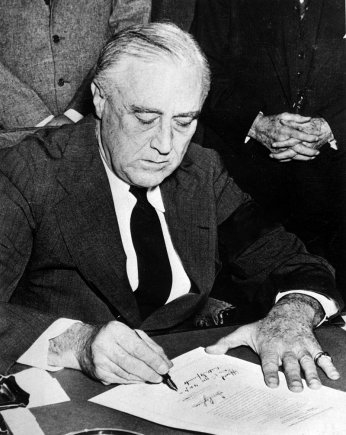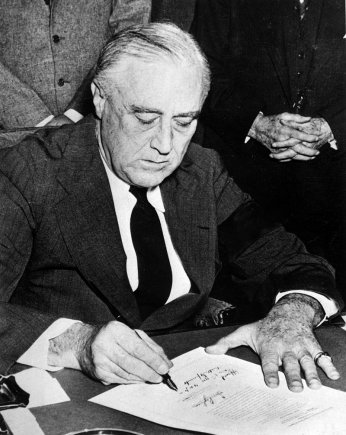On the 73rd anniversary of America’s commitment and entry into World War Two, the experience of the government and forces at the time is playing a large role to inform the strategies of today’s US Army.
It was the Japanese surprise attack on Pearl Harbor in December 1941 that prompted President Roosevelt and US Congress to declare war on Japan, and a few days later on Germany as well.
Interestingly, at the time they declared war, the Americans did not have a huge number of forces – around 189,000 soldiers and little equipment. Nevertheless, the military’s leaders had already set about planning their strategy and had organised the country’s largest military test exercise to date known as the ‘Louisiana Maneuvers’ in preparation for the possibility of going to war.
It is said that the military had color coded plans in the event that the US would go to war with different countries. For example, orange was the color used for a war against Japan, and black was the color for a war against Germany. They had studied Germany’s blitzkrieg and applied what they learnt about Germany’s forces and strategy to the test exercise in Louisiana.
The exercise took place in 1940 and 1941 with around 400,000 soldiers, testing the soldiers themselves, as well as equipment and facilities. General Dwight D. Eisenhower and other leading wartime generals attended.
American soldiers had never taken part in large conflicts, especially using tanks or disruption tactics. So of course mistakes were made in Louisiana, and when General Marshall, the Army’s chief of staff was questioned about this he said that it was the exact reason for having the test scenario, rather having it happen in Louisiana than in a real war situation.
By the time President Roosevelt declared war, approximately half the soldiers in each division had taken part in the test exercise. It was therefore then their responsibility to share their experience and train the other soldiers and new recruits. The US Army grew to a height of 8.3 million soldiers during World War Two.
Since then Army chiefs have looked to the Louisiana Maneuvers for learnings. It has been referenced and studied by Army chief of staff Gordon R. Sullivan post- the first Iraq war and Cold War in the 1990s, as the US Army began to drawdown. Sullivan began testing and putting forward changes for the US Army, including new organizational theories and using new technologies, all in preparation for the next potential war, The United States Army reports.
Today, Army Chief of Staff General Ray Odierno is doing the same and reassessing what needs to happen for the US Army to be able to respond effectively and be successful in the future.

